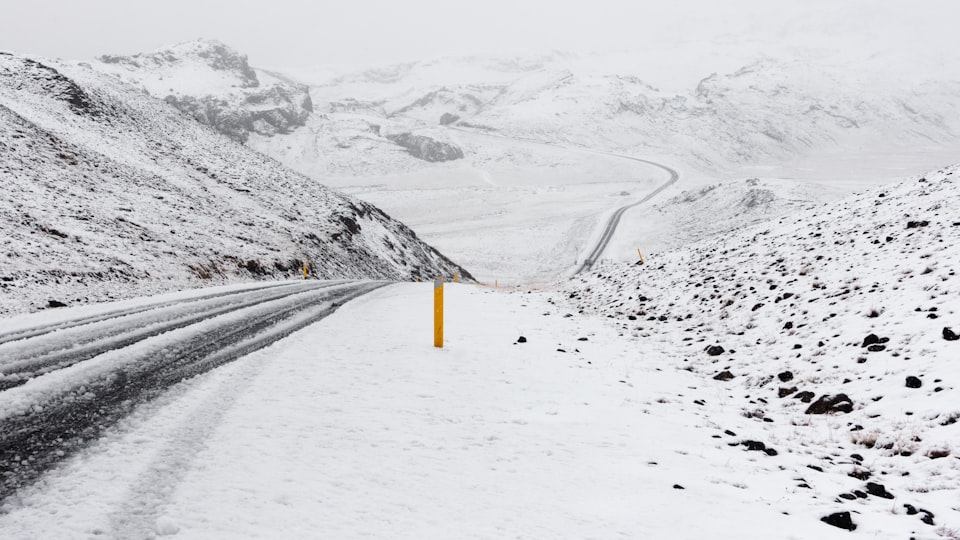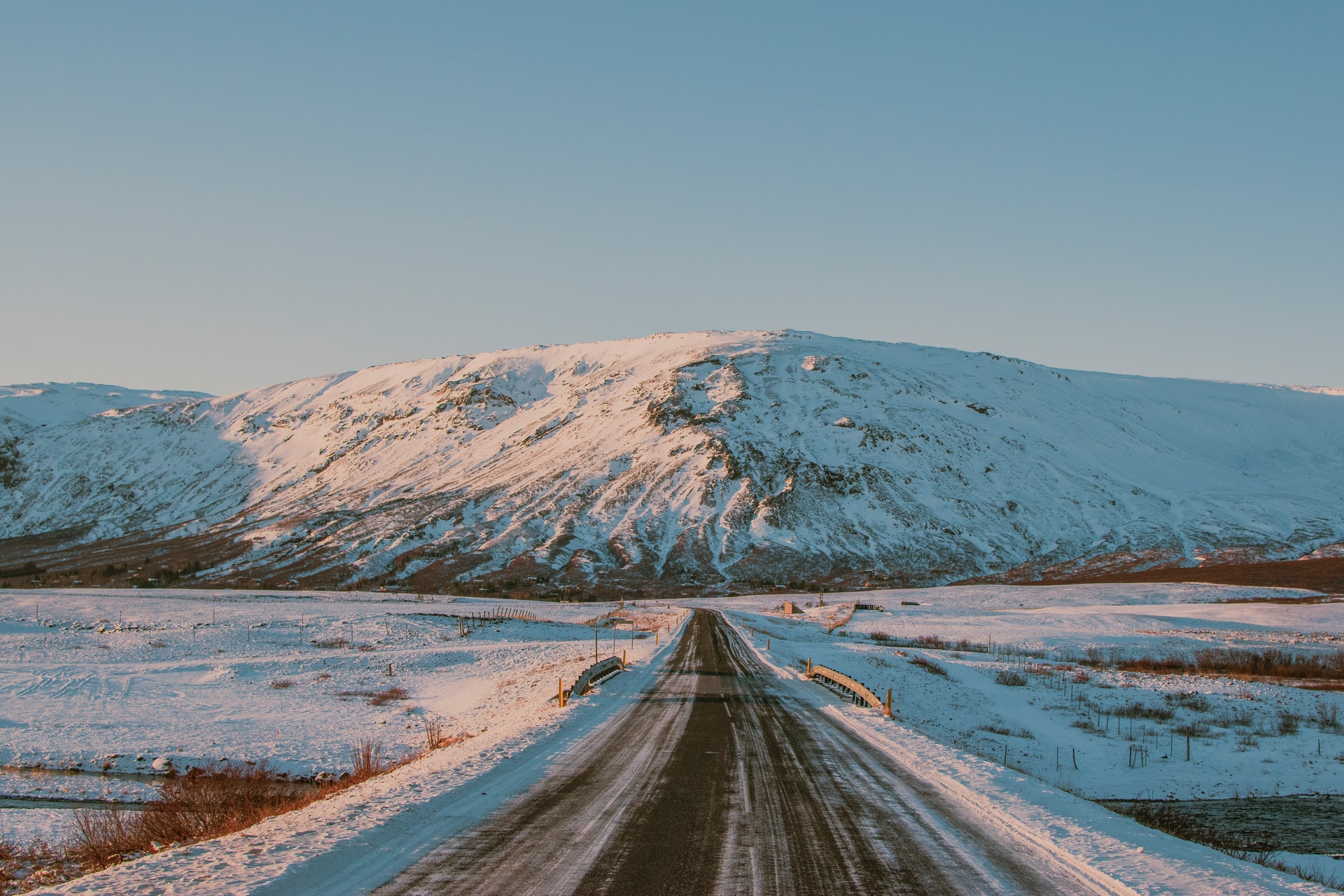It's really cold
I’d be lying if I said that Iceland isn’t cold. Trust me when I say that you’ll have to pack as many warm clothes as you can accommodate in your suitcase because you’ll be needing them all. Make a checklist consisting of everything ranging from thermal inner wear, warm pants, jackets, sweaters, boots to headband covering your ears, wool hat, gloves, and pairs of socks. No matter how many layers you put on, it’ll still be cold.
Even at the end of May, the temperatures are around 50°F every day. The average temperature of July and August rarely rise above 55°F even though they’re peak summer months. Suffice to say during winter, it’s practically freezing.

Daylight hours are short in winter
During summer it doesn’t really get dark and in winter it doesn’t stay all sun-shiny for long. In peak winter solstice, you’ll have approx 4 hours of daylight every day. Considering the fact that the sun rises around 11:00 am and sets close to 3:30 pm. Make sure you have a list of things to do in your mind, for another 20 hours and keep yourself amused.
So, it doesn’t really matter what time of the year you visit Iceland, it’ll be cold. Just be prepared adequately and don’t forget to have fun!

And rainy
Along with being cold, Iceland’s pretty rainy too. Between the months of May and November, the average rain is about 20 days out of 30 in a month, in Reykjavík. Iceland’s all about exploring the scenic beauty and venturing outdoors so it won’t be fair just to sit in and wait it out.
Make sure to check the weather forecast before you hop on your flight. Also, don’t forget to pack your rain jacket, waterproof shoes or boots, and rain pants just in case. Better safe than sorry!

You'll rarely need cash
If you’re a little bit inclined on the careless side of the responsibility spectrum, like me, then this one’s for you. You won’t have to worry about misplacing your money. Most of the shops, restaurants, campsites, and gas stations take a credit card. Iceland’s currency is the Icelandic Krona and the exchange rate at the time of writing (October of 2021) is 129.23 ISK to $1. Prices are usually marked in ISK but you’ll very occasionally have to pay in cash.
Download Google Pay or Apple Pay and you’ll be good to go!

Stay off the "F" roads
You don’t want to drive on these steep, rocky, and muddy “F” roads that travel to the highlands of Iceland, on your 2 wheel drive car. It’s actually forbidden, unless you have a 4 wheeler drive vehicle, of course. These roads are usually open from the beginning of June till the end of September.

Obey the rules of the road.
Taking road safety seriously is an important thing. A moment of recklessness on the road and it might end up costing a life. Good thing is, Iceland is very particular when it comes to following road safety rules. Some of them being~
- i) keep headlights on at all times
- ii) all the passengers (front and back) should be wearing seatbelts
iii) no use of cell phones without a hands-free device.
- iv) drink and drive are prohibited. A DUI is charged even if your blood alcohol level is just .05%
- v) speed limits around the country should be taken care of viz.
- in cities- 30 miles/ hour ( 50 km/hour)
- on highways – 55 miles/ hour ( 90 km/hour)
- om gravel roads- 50 miles/ hour (80km/hour)

Icelander's are serious about cleanliness
Naked showers are required before entering any commercialized hit pools in Iceland. They just want to assure the purity of their pools, free from any debris from your nether region that might get trapped by the swimwear. Locker room attendants are nearby to keep a check on you.
Rest assured, private showers are available if you’re shy and want some privacy.

You can drink the tap water
It’s practically unreasonable to buy bottled water while visiting Iceland. Just pack a reusable water bottle for your holidays and fill it up from any facet. The water is drinking and good tasting. You might come across water that smells of sulphur and if you don’t mind the stink then it’s drinkable too!




0 Comment